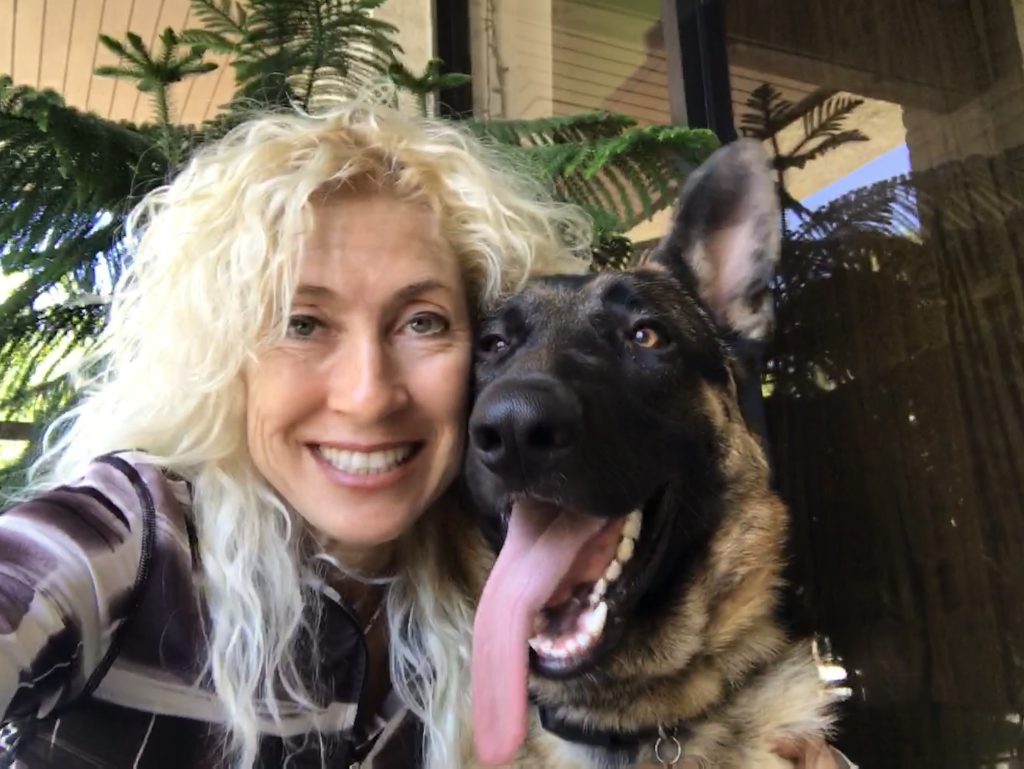“Every dog is different—but with the right training, each one can learn.”
A study from the University of Helsinki found that breed plays a big role in how dogs behave and respond to training.
Different dog breeds have unique personalities and needs. A Border Collie may be eager to learn quickly, while a Bulldog might need shorter sessions with more motivation. That’s why online trainers now design customized training plans to match a dog’s breed, age, and temperament.
When searching for the best online dog training courses, breed-specific programs can be the difference between slow progress and fast, confident results. These courses now combine expert knowledge with easy-to-follow tools, making it possible for owners to train at home with clear, step-by-step guidance.
Understanding the Breed Before the Training Begins
Before designing a plan, professional trainers gather details about the dog—its breed, age, background, and behavior. For example, a German Shepherd usually thrives on mental challenges. An online trainer might recommend tasks that involve obedience mixed with problem-solving games.
Labradors, who love human interaction, may respond best to reward-based systems. In contrast, an independent Husky might need a strong focus on motivation and routine. Online programs now account for this right from the start.
Pacing the Lessons to Match the Dog’s Energy
Some breeds have high energy levels. Think of the Jack Russell Terrier. Others are calmer and slower to react. Think of a Basset Hound.
Online training platforms now offer flexible pacing. Owners can repeat lessons, pause, or skip ahead depending on how the dog responds. This helps reduce stress and makes learning more effective.
For energetic dogs, sessions are often short and packed with active tasks. For slower breeds, training is calm, repeated over time, and tied closely to daily routines.
Reward Styles Based on Breed Preferences
Treats and praise are common rewards. But not all breeds are motivated in the same way. Some prefer food. Others prefer play or affection.
Breed-based training plans now suggest the best type of reward for faster learning. A Border Collie may love a ball toss after a good command. A Beagle might respond better to a strong-smelling treat.
This small detail keeps dogs engaged and helps them associate training with fun.
Matching Commands and Tasks to Natural Abilities
Every breed has traits that can guide training. For instance, retrievers love to fetch. Herding breeds are good at direction-based tasks. Hounds might be stubborn but respond well to tracking games.
Modern online trainers now use this insight to build custom command lists and games. This makes training feel less like a chore and more like an activity the dog was born to do.
Visual Learning and Video Feedback
Some online courses allow dog owners to upload videos. Trainers can then review the footage and give tips tailored to that specific dog’s behavior. This makes correction gentle and more accurate.
For example, if a Shih Tzu is slow to respond to sit commands, the trainer may notice the posture or tone used and suggest a slight change. This feedback loop is now part of many best online dog training courses.
Private Coaching Through Online Tools
Many platforms also offer private sessions. These are designed for dogs that need extra help or have behavior issues that can’t be solved with general videos.
Private options allow more flexibility. Trainers can adjust the lesson immediately based on how the dog reacts. They can also guide owners through tough situations, like leash aggression or anxiety, using live calls or video breakdowns.
FAQs
1. Do online dog training programs work for all breeds?
Yes. Many are now designed to match the dog’s breed traits and personality, which helps improve results.
2. How long does it take to see changes in behavior?
This depends on the dog’s age, breed, and consistency of training. Some show progress in days; others take weeks.
3. Are private online sessions better than general videos?
Private sessions provide tailored feedback, which is often more effective for dogs with specific needs or issues.
4. What if my dog doesn’t respond to treats?
Trainers can suggest other reward styles, such as play, affection, or using the dog’s favorite toy as a motivator.
5. Is breed-specific training important?
Yes. Dogs learn best when their training matches their natural instincts and behavior patterns.
Conclusion Remarks:
Breed-specific training is no longer only available in physical classes. It has now become a core part of private dog training online.
This shift makes training more successful and more comfortable for the dog. Programs adapt to personality, age, and energy, not just the owner's schedule. This approach is helping more dogs learn faster and live calmer, happier lives.
Those searching for the best online dog training courses should always check if the platform adjusts plans by breed. For those needing deeper help or faster results, private dog training options online now offer direct support from professionals trained in breed behavior.





Comments